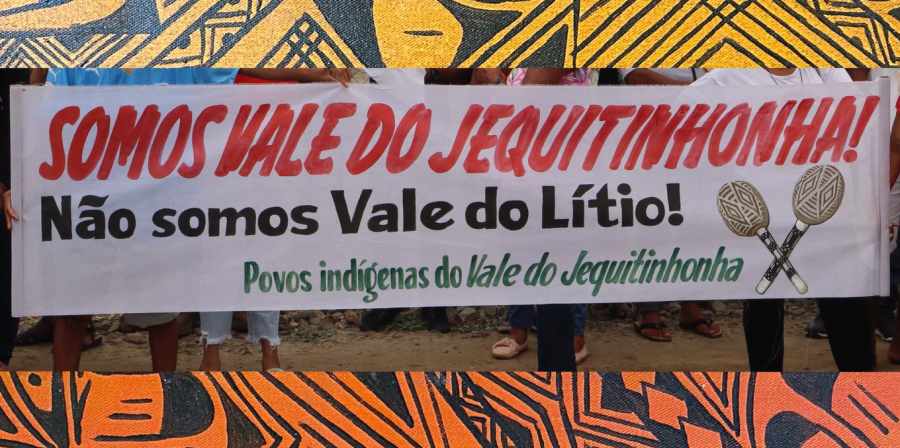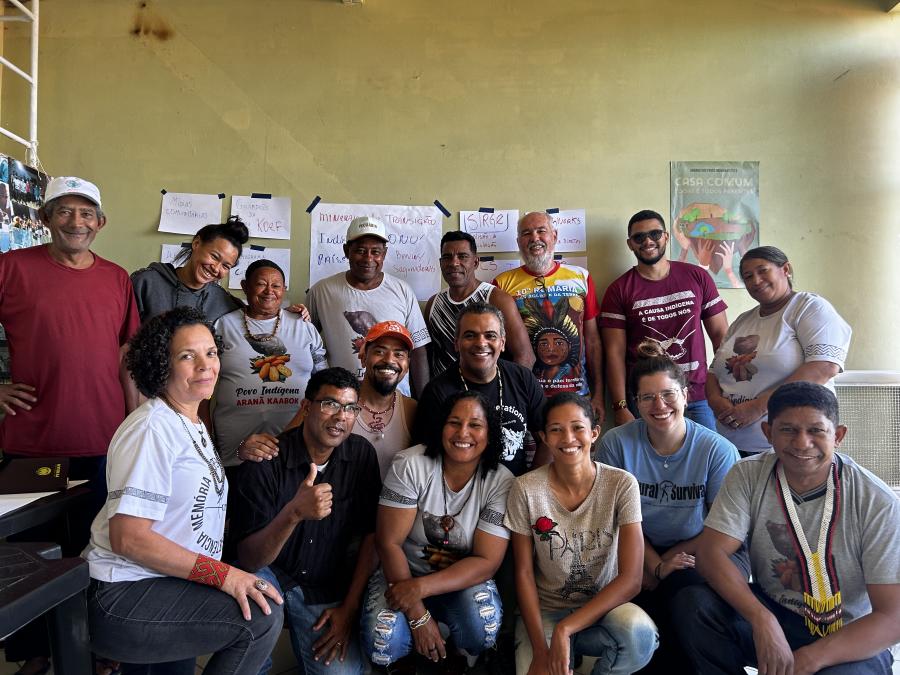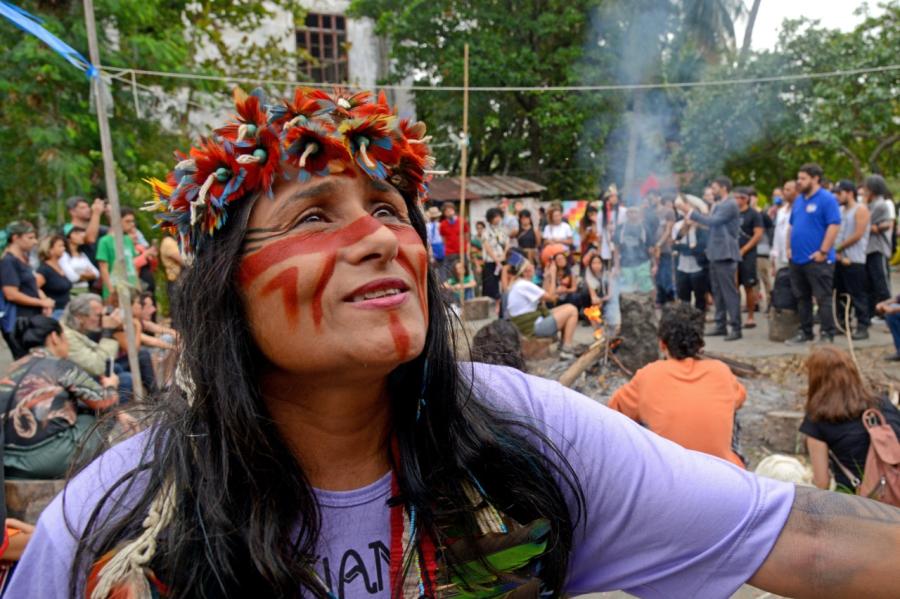INSECTICIDES
DDT - Banned for crop use in the U.S. since 1972, DDT is still used in many countries. DDT contamination has led to the rejection of beef shipments to the U.S. from Mexico, El Salvador, and Guatemala. In 1976, 500,000 pounds of beef from El Salvador was rejected for DDT levels of 95 ppm (the acceptable U.S. level is 5 ppm). In Guatemala, the average level of DDT in cows' milk is 90 times that allowed in the U.S. Residents of Guatemala and Nicaragua carry 31 times more DDT in their blood than those of the U.S. In Central America, DDT levels in human milk are from 6-200 times higher than those in the U.S. India, like many other countries, produces its own DDT, and U.S. companies continue to export it. DDT causes cancer in experimental animals.
BHC - Banned for all use in the U.S. since 1978, BHC is used on export crops in such countries as Colombia, Costa Rica, Guatemala, and Peru. It often ends up on produce exported to the U.S. BHC is produced locally in India and Kenya. In Kenya no protection is provided for the workers who mix the chemicals.
DBCP Believed to cause cancer and sterility, this chemical is used on pineapples in Hawaii and Taiwan and bananas in North Africa. In addition it is exported to Puerto Rico, Honduras, and Ecuador. In Hawaii, DBCP, allowed until 1982, is found to have percolated from agricultural lands to the water table and into the water supply.
Cyclodienes - Discovered in 1945, these substances are banned or restricted in the United States and Canada.
Chlordane - This chemical is a mixture of terpenoid compounds used mainly as a soil insecticide, but low levels have been taken into the stems and leaves of plants and from there to cows' milk. Root crops also retain residues. It adheres to soil, so transfer to rivers and lakes has not been significant, but one study showed that 16% of a chlordane application remained in sandy loam soils for 15 years. It is a contact and stomach poison producing hyperactivity and violent convulsions.
Heptachlor - First released in 1948, this insecticide constitutes 20% of technical chlordane. It is a more potent insecticide than chlordane, requiring only 1/4-1/2 the dosage. It has a higher toxicity to mammals. In 1969, Canada banned use after it was found in cows' milk and suspected of killing birds. Heptachlor causes cancer in experimental animals.
Aldrin - This chemical was developed in the late 1940s. It requires a lower dosage than Heptachlor and is more toxic to insects and mammals. As a soil insecticide it is used against grubs, corn rootworms, etc. Residues are short lived on foliage and quickly break down to Dieldrin which is extremely persistant.
Aldrin was suspended in the U.S. in 1974, and it is banned or severely restricted in more than 20 countries. Akwesasne Notes 8(3) reported that as late as 1976 Aldrin 4% was advertised on the radio for Mayan Indian farmers in Guatemala. Aldrin, used on soybeans, was the suspected cause of death of 13 people in southern Brazil in 1975.
Dieldrin - Banned for crop use in the U.S. since 1974, this soil insecticide is used against grubs, corn rootworms, etc. Insect resistance to seed treated with Dieldrin is beginning to appear, although treated seeds have been toxic to a number of birds. Residues last for several weeks on foliage, and for several years in soil. Dieldrin accumulates in animal tissue and may be secreted in milk for several months following exposure. It has been found in human tissue and human milk. Dieldrin causes cancer in experimental animals.
Dieldrin was ordered for a project in the Cameroons, and the unused drums were simply left outside in a wooded area. Now the containers have deteriorated and the Dieldrin is contaminating the area.
Endrin - This substance is the most toxic of the commercial cyclodienes. Toxicity to mammals is so high it is used as a rodenticide. It is persistent in the environment and highly toxic to fish. Reduced use resulted from increased resistance in insects and the persistance of high mammalian toxicity. It is not used in Canada and is restricted in continental U.S. although it can be used on Hawaiian pineapples until 1982. In September 1981, it was discovered that 250,000 acres of wheatland in Montana had been sprayed with Endrin. Several species of game birds have been contaminated, and the endangered whooping crane might also be a victim. Officials say that eating the game could lead to brain damage and birth defects.
Mirex and Chlordecone - These poisons are used for ant and cockroach baits. They are thought ideal because they are selective in action and effective at low concentrations. However, severe debilitating illness in a Chlordecone factory on the James River was discovered. Fishing was banned on the river. While Mirex was banned in 1977 in the U.S., it is still manufactured "for export only" and is used on Guatemalan bananas for U.S. consumption.
Endosulfan - Used as a foliar insecticide against beetles and aphids, this product decomposes when exposed to water. Studies show only moderate bird and mammalian toxicity, but fish are highly susceptible. Contamination of water has resulted in striking fish kills.
Organophosphorous Insecticides ("organophosphates") - The largest and most diverse group of insecticides known, with some 100,000 compounds synthesized and tested. Extreme diverse toxicity to animal life, degree of persistance, selectivity, and use patterns is also found in this group of insecticides. These substances prevent normal transmission of nerve impulses, creating hyperactivity, tremors, convulsions, paralysis, and death. Among higher mammals symptoms of poisoning include nausea, salivation, giddiness, tremors, tearing, myosis, coma, convulsion and death (usually from asphyxiation).
Recently, organophosphates on freshly cut flowers imported from Colombia caused a rash of poisoning among U.S. florists. In Fayum, south of Cairo, people routinely become temporarily ill after eating fish contaminated by a phosphorous compound used to kill snails that carry schistosomes and live in feeder streams to the Nile. Residents are warned not to eat fish for 24 hours after poison is used, but many do not listen or do not understand and become ill.
Parathion - This substance is one of the most toxic and widely known insecticides in North America. It converts to parroxon, leaving residues on plant surfaces. In hot dry agricultural areas, where the resulting residues are not washed away, it presents a hazard to fieldworkers that persists for weeks. Parathion is persistant in soil, lasting up to 1 year. It is toxic to all animal life and is responsible for many illnesses and deaths.
Reportedly, Parathion is responsible for 80 percent of Central America's poisonings, and for more poisonings than any other pesticide in the world. It is estimated that a lethal dose is only 1/80 that of DDT. When poisoned, the victim develops convulsions and dies. In the mid-seventies, El Salvador cotton producers used 1/5 of all the Parathion used in the world.
Diazinon - This chemical is about as persistant in soil as parathion, but lasts on plants only 1-2 weeks. It has been detected in water in low levels, and these levels are sufficient for lethal effects on fish and aquatic invertebrates. The insecticide is less toxic than parathion.
Malathion - This chemical is highly toxic to insects but reportedly has low toxicity for mammals. This common insecticide is used in agriculture, livestock and health projects, but some insects are showing signs of resistance. Although effective, higher doses and thus high costs are required.
In 1976, five Pakistanis died and 2,900 others became ill from Malathion in a malarial eradication program sponsored by the U.S. government. People mixed the chemicals with their bare hands, washed the spraying equipment in local water supplies, and spilled the pesticide (absorbable through the skin) in areas where barefoot children played.,/P>
Other Organophosphorous Insecticides
Leptophos (Phosvel) - this chemical has a "demyelinating" effect (disrupts nerve impulses) which was observed first in water buffalo after they consumed contaminated water. Chronic poisoning from leptophos is also reported among workers exposed during its manufacture. Registration has been withdrawn by Canada.
Leptophos was never registered for domestic use by the EPA but exported from the U.S. to at least 30 countries. In Egypt, Leptophos used on cotton in 1971 caused the deaths of more than 1,000 water buffalo and a number of peasants. Between 1971 and 1976 U.S. $4 million in AID funds were used to ship 13.9 million pounds of Phosvel and other banned pesticides to 50 countries. In 1975 alone. U.S. companies exported over 3 million pounds of Phosvel. When Colombia banned Phosvel in 1977, the American company Velsicol shipped its Colombian stocks to El Salvador where prohibitions do not exist. In other instances Phosvel was imported to Costa Rica via Mexico and Panama. In 1981 Phosvel is still being sold in Indonesia.
HERBICIDES
Phenoxy Alkanoic Acids - These herbicides account for only 20 percent of the synthetic organic herbicides used in the U.S. and Canada, but they represent a much higher proportion in the Third World. The first of these herbicides (2, 4-D) was developed during World War II. Its use on broad leaf weeds was so successful that it led to subsequent research on organic chemicals that could be used as herbicides.
2, 4-D; 2, 4, 5-T; MCPA - These herbicides are not generally persistent in soils. 2, 4-D lasts 2-3 weeks; MCPA, 6-8 weeks; 2, 4, 5-T, 2 months to one year. Degradation in water is somewhat slower. 2, 4, 5-T is the most effective herbicide on the broadest spectrum of woody species. Perhaps the worst side effect of these herbicides is the destruction of desirable plants. Toxicity to animals, however, is believed to be low by some scientists. Yet these chemicals contain dioxins, one of the deadliest poisons ever developed, and one of the two substances that cannot be exported from the U.S.
2, 4, 5-T, an herbicide, leaves residues of dioxin in soil and water. Agent Orange, a mixture of 2, 4, 5-T and 2, 4-D, was first experimented with in Thailand before being scheduled for use on 1/7 the surface area of Vietnam. U.S. companies continued to sell 2, 4, 5-T aboard after the EPA suspended its use in 1970. In the early 1970s in Colombia, numerous miscarriages and deformed babies have been linked to the use of 2, 4, 5-T. In Malaysia 2, 4, 5-T is still widely used on rubber plantations, particularly in the southern provinces. In Malaysia, 2, 4, 5-T is sold in unlabeled bottles that stand next to cooking sauces.
In the seventies there were numerous reports of 2, 4, 5-T and 2, 4-D used in deforestation of Brazil's Amazon Basin. In 1973, there were attempts to "dump" Agent Orange in Brazil, Paraguay and Venezuela by the U.S. government. According to some reports, however, the basic ingredients of Agent Orange, 2, 4, 5-T and 2, 4-D, have been sold and used in Latin America for more than 25 years.
Picloram - Often mixed with 2, 4-D or 2, 4, 5-T, this chemical is 2, 4, 5-T, this chemical is considered 10 to 500 times more powerful than 2, 4-D or 2, 4, 5-T to most broadleaf plants. It is persistant is soil and kills conifers which are not affected by 2, 4-D or 2, 4, 5-T. Most grasses, however, are tolerant to all these herbicides which is why they are common in pasture formation in the tropics.
Picloram is restricted in the U.S. It is one of the most persistant herbicides in use, remaining in the soil for as long as four years, although high temperatures and moisture content causes it to break down. It may be less persistant in water, however. In Canada, Picloram can remain in the soil in toxic levels for 5 years. Other studies show that water contaminated by Picloram can kill irrigated crops.
Bipyridyliuma - Discovered in 1958, these are broad spectrum herbicides with essentially no activity in soil. They are some of the more toxic organic herbicides, causing fibrosis of the lungs, skin irritation, and nose bleeds.
Paraquat - A person ingesting more than 1. ppm of Paraquat (Gramaxone also contains Paraquat) would die within six hours if proper and immediate treatment is not administered. Ten sugar cane workers are reported to have died from Paraquat poisoning on sugar plantations in Thailand. In the Western Highlands of Papua New Guinea at least 18 people have died from herbicide poisoning during a four year period.
The chemical is intended for use on coffee plantings and gardens, but mistakes occur. On 16 June 1980, a pastor conducting religious services at Tega, a village near Mt. Hagen, accidently gave Gramoxone instead of wine for communion. The four people taking communion died within the week. In mid-1979 a young father in the same area stored Gramoxone in a bottle. His young son accidently gave it to him to drink. After a single gulp the father knew his mistake but he died anyway. Paraquat is one of four herbicides AID recently recommended for a project to of four herbicides AID recently recommended for a project to convert former plantations into food producing areas in Sao Tomé and Principe.
FUMICIDES
These volatile gas producing chemicals work at room temperature. Their effectiveness lies in the fact that they penetrate a structure or product (e.g. stored grain) and kill pests that are present. They are dangerous for the fumigators, although they have a short persistance and do not contaminate the environment.
Article copyright Cultural Survival, Inc.



